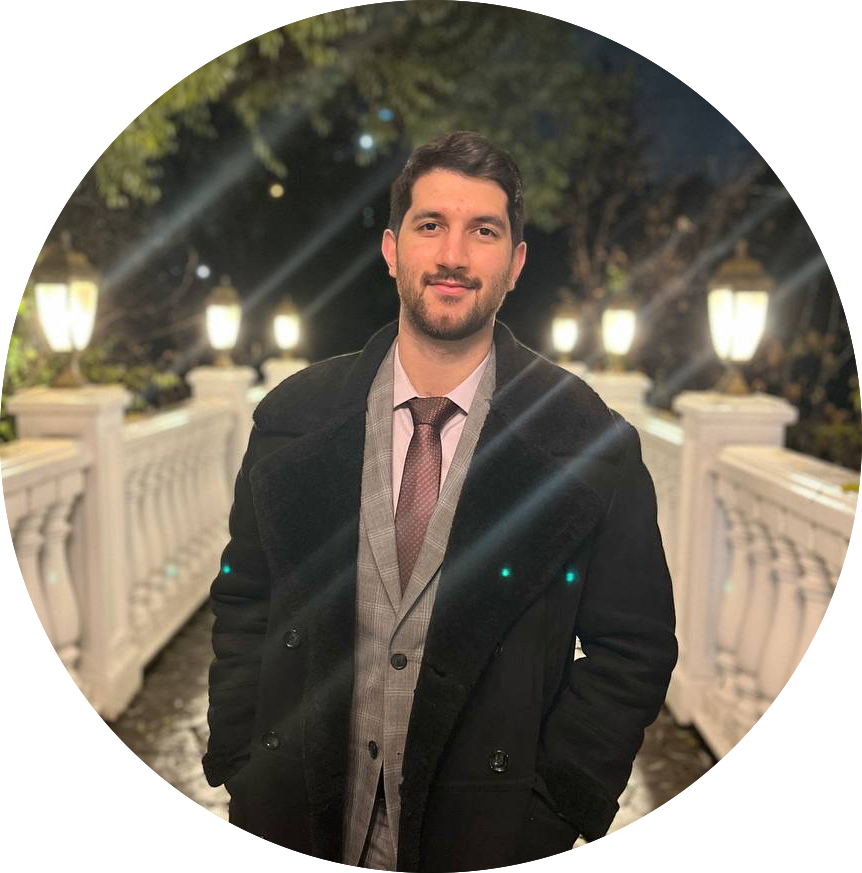Seyed Sajjad NezhadiI am a Quantatative Researcher at Susquehanna International Group. I recently completed a Ph.D. in Quantum Computing from QuiCS under the supervision of Matthew Coudron. My thesis was titled Quantum Games, Graphs, and Gödel Click to Download. My primary research interest has been in Quantum Computing and Computational Complexity Theory. Though I maintain a broad interest in Mathematics as a whole, including its History and Philosophy. For a list of my publications check out my google scholar. - CV - - |

Sajjad - سجاد |